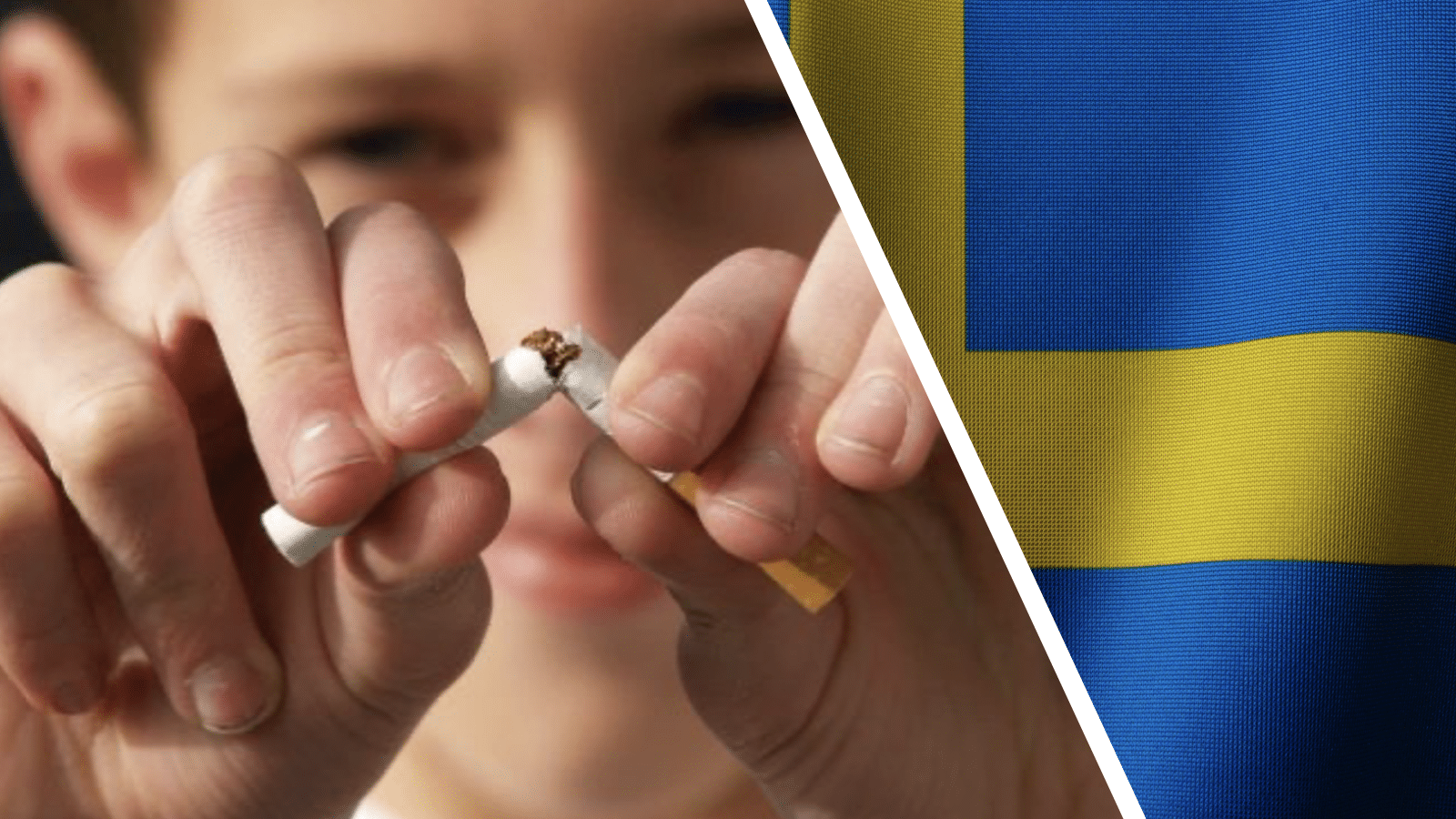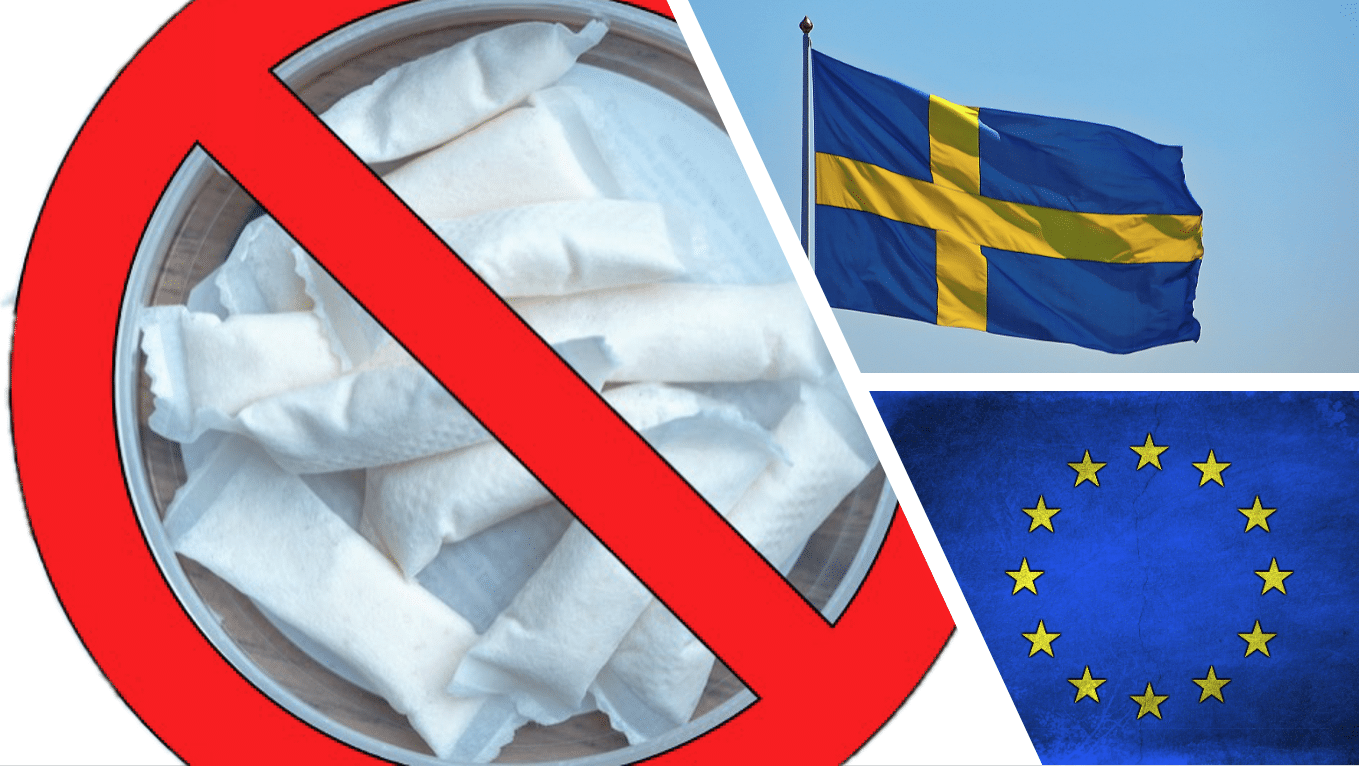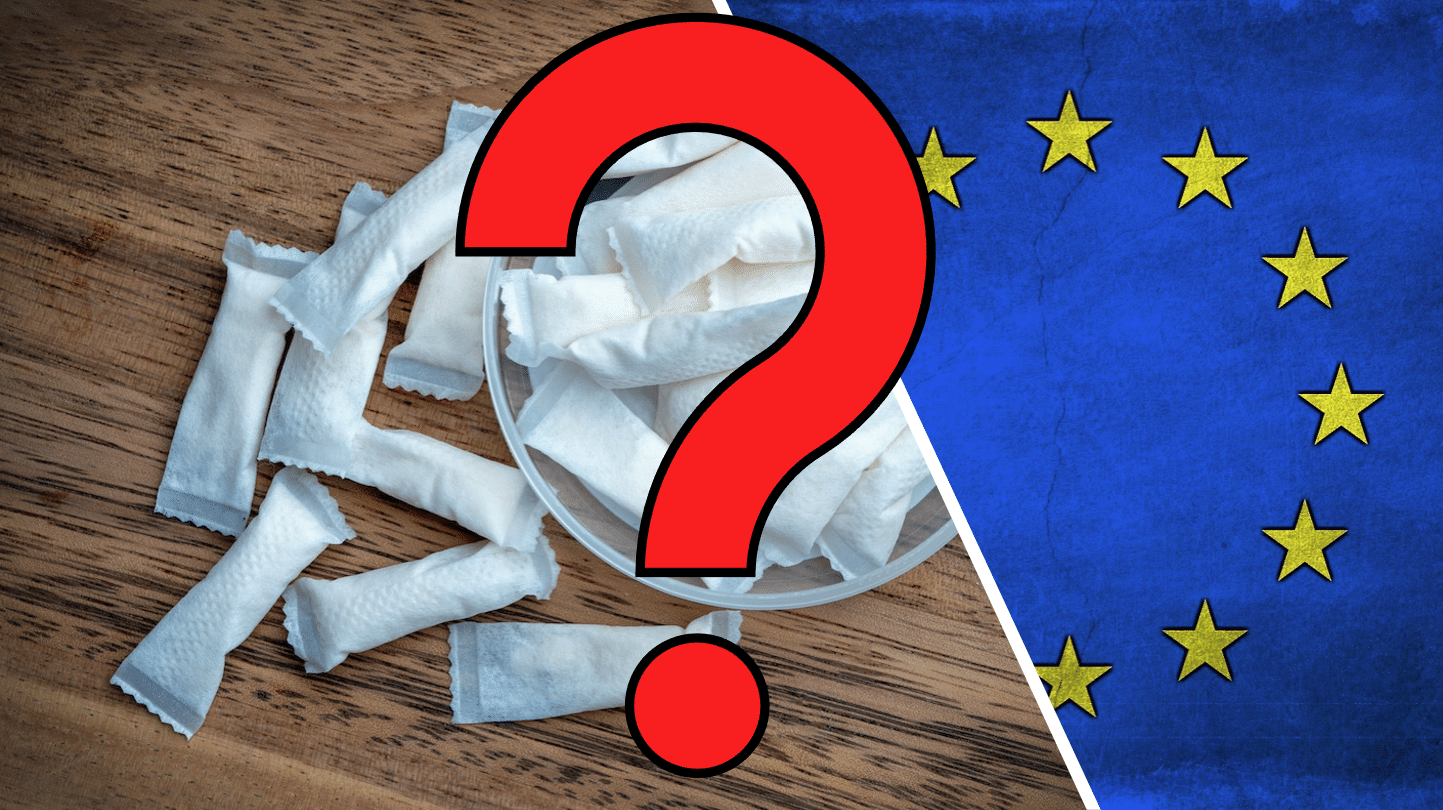
EU Tobacco Products Directive a ‘wasted opportunity’ to learn from Sweden
The latest EU Tobacco Products Directive (TPD) report makes no attempt to understand why the one EU country where snus is legal also has the EU’s lowest smoking rates.
The TPD 2021 Application Report, published by the European Commission on May 20 as required under the Directive, singles out novel tobacco products as posing “specific regulatory challenges”.
The report describes the market for tobacco and nicotine products as “more diverse and challenging to regulate”, claiming that new product categories “circumvent existing regulations” and can’t be fully addressed by existing TPD provisions.
Health warnings, flavours, and the use of devices are among issues singled out by the Comission’s report as “legal loopholes” exploited by novel tobacco and nicotine products.
The Commission also signalled that it plans to take action to further enhance the TPD as current legislation “does not fully capture” new products such as nicotine pouches and heated tobacco products (HTPs).
“It’s unfortunate that the EU continues to have a hostile rather than constructive attitude towards snus and innovative nicotine products that are less harmful than cigarettes,” says Patrik Strömer, Secretary General of the Association of Swedish Snus Manufacturers.
Among other things, the TPD aims to meet requirements spelled out in the World Health Organisation (WHO) Framework Convention on Tobacco Control (FCTC).
The Commission’s new assessment included a support study based on evidence collected between October 2019 and May 2021, including analysis data from Special Eurobarometer Surveys and Euromonitor International.
Sweden: lowest smoking rates in the EU
Included in the data were Eurobarometer figures showing Sweden’s smoking rate has fallen to 6 percent, down from 7 percent reported in 2014, affirming Sweden’s status as the EU member state with the lowest smoking rate.
Sweden’s smoking rate is now only a quarter of the EU average of 24 percent and less than half that of the next lowest EU country, the Netherlands, where 13 percent of people smoke according to EU figures.
Sweden also stood out when it came to the use of snus and other oral tobacco products as it is the only EU country where snus is legal. Eurobarometer figures show that 46 percent of Swedes reported using oral tobacco, more than six times higher than the EU average of 7 percent.
“The EU’s own data shows a clear connection between low smoking rates and the availability of less harmful alternatives like snus, but the EU doesn’t seem interested in exploring the connection and it’s potential implications for public health,” says Strömer.
“The latest TPD report is really a wasted opportunity to learn from Sweden and the Swedish Experience with tobacco when developing regulations for other novel nicotine products.”
A successful Tobacco Products Directive?
Overall, the report finds that EU members have “broadly fulfilled their obligations to apply the TPD” despite a few enforcement issues and that the TPD has “improved public health” in the EU.
“EU legislation on tobacco has clearly had a positive impact on smoking rates in the EU,” Commissioner for Health and Food Safety Stella Kyriakides said in a statement.
However, Strömer questions the report’s conclusion that the TPD’s public health protections couldn’t have been achieved by member states acting on their own.
“When you see Sweden’s incredibly low smoking rates, you can’t help but wonder what sort of public health gains could have been achieved if other EU member states had been able to act like Sweden,” he explains.
The report also concludes that discrepancies in the functioning of the EU’s internal market have largely been resolved when it comes to labelling and maximum allowable levels of tar, nicotine, and carbon monoxide.
“One of the greatest successes of the TPD has been to improve smokers’ awareness and understanding of the various product categories and their overall harmfulness”, the report states.
However, Strömer finds the EU’s claim disingenuous considering the rhetoric and policies in place that refuse to fully acknowledge the lower risk profile of snus and other alternative nicotine products.
“That the EU continues to outlaw snus and explore regulations that would put similar or tougher restrictions on less harmful products makes such claims about the supposed success of TPD ring hollow,” he says.




